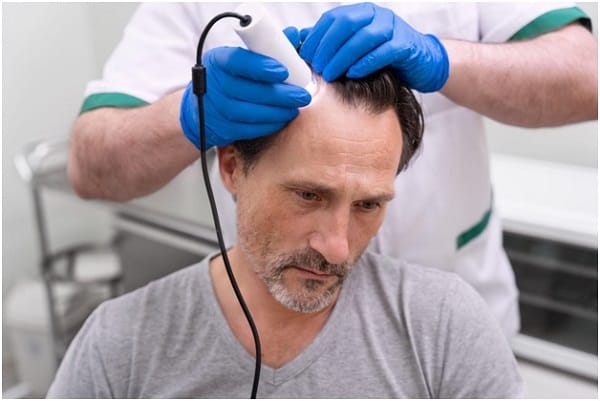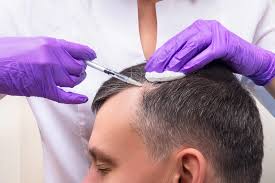Preparing for a hair transplant involves several steps to ensure the best possible outcome.
Table of Contents
Here’s a comprehensive guide to help you get ready:
Consultation and Planning
- Choose a Qualified Surgeon: Research and select a board-certified hair transplant surgeon with a good reputation and extensive experience.
- Initial Consultation: Discuss your goals, expectations, medical history, and any medications you’re taking. The surgeon will assess your hair loss pattern and scalp condition and determine the best treatment plan for you.
Pre-Procedure Guidelines

- Medical Evaluation: Undergo any recommended medical tests to ensure you’re a suitable candidate for the procedure.
- Medications: Follow your surgeon’s advice regarding medication use. You might need to stop taking blood thinners, anti-inflammatory drugs, or certain supplements that can increase bleeding.
- Avoid Smoking and Alcohol: Stop smoking and avoid alcohol for at least a week before the surgery, as they can interfere with the healing process.
- Hair Care: Wash your hair thoroughly on the morning of the procedure to ensure a clean scalp. Avoid using any hair products like gel or spray.
- Diet and Hydration: Eat a healthy meal and stay well-hydrated on the day of the surgery. Avoid caffeine, as it can increase sensitivity to medications used during the procedure.
Day of the Procedure
- Clothing: Wear comfortable clothing, preferably a button-down shirt or one with a wide neckline to avoid disturbing the surgical site when changing.
- Transportation: Arrange for someone to drive you to and from the clinic, as you may feel groggy or uncomfortable after the procedure.
- Arrival: Arrive at the clinic on time and prepared to spend several hours there, as hair transplant procedures can be lengthy.
Post-Procedure Care
- Rest and Recovery: Plan to rest for a few days after the procedure. Follow your surgeon’s instructions regarding physical activity and any restrictions.
- Medications and Pain Management: Take prescribed medications as directed to manage pain and prevent infection.
- Avoid Touching and Washing: Avoid touching the transplanted area and follow the surgeon’s advice on when and how to wash your hair post-surgery.
- Follow-Up Appointments: Attend all scheduled follow-up appointments to monitor your progress and address any concerns.
Long-Term Care

- Healthy Lifestyle: Maintain a healthy diet and lifestyle to support hair growth.
- Avoid Sun Exposure: Protect your scalp from excessive sun exposure, which can harm the healing process.
- Be Patient: Hair growth after a transplant can be slow, with noticeable results taking several months to appear.
By carefully following these steps, you can help ensure that your hair transplant procedure goes smoothly and yields the best possible results. Always adhere to your surgeon’s specific recommendations and reach out to them if you have any questions or concerns throughout the process.
Contact us today and get the best offer!
Read Also:
